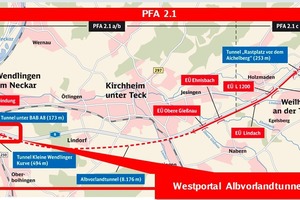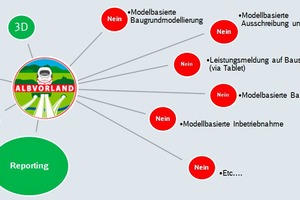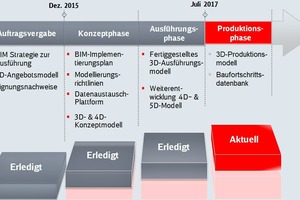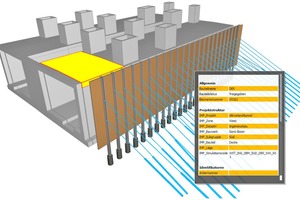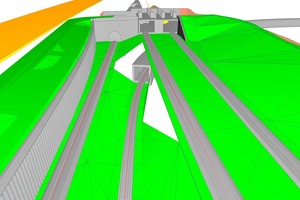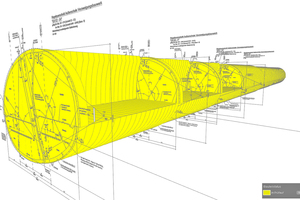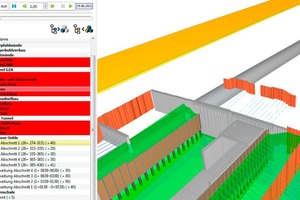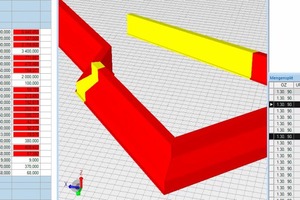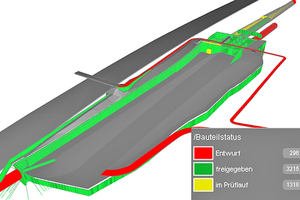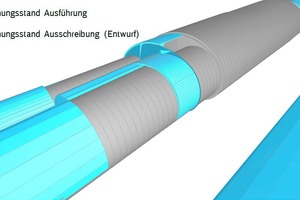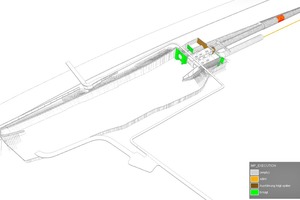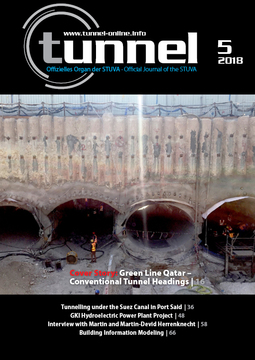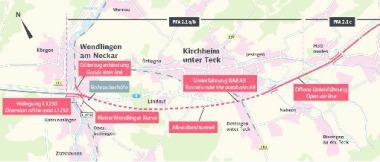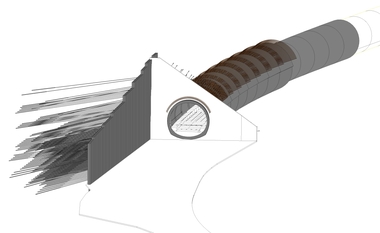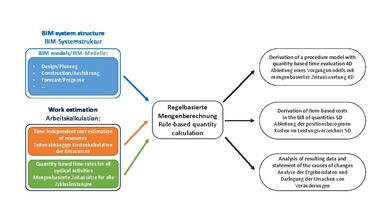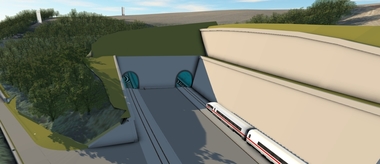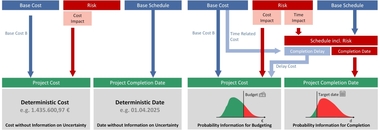BIM Application Cases at the Albvorland Tunnel
In the “Albvorland Tunnel” section of the Stuttgart–Ulm rail project, some areas are being implemented with the assistance of Building Information Modeling. The following BIM application cases were defined: 3D-assisted design and collision detection (3D), linking of the schedule with the 3D model to check construction sequence and date collisions (4D), linking of the bill of quantities with the 3D model and the schedule (5D) to produce cost curve analyses and monitor construction progress and performance reports, reporting for the clear illustration of the significant key numbers to the BIM application cases. [5]
1 Introduction
No other client in Germany is investing so much in infrastructure projects and operating them like German Railways (DB). They also have a policy of keeping up with internationally acknowledged future technologies. DB as the largest operator of infrastructure in Europe is driving digital construction forward, since this will improve quality, keep a better grip on costs and deadlines and finally lower the cost of design, construction, operation and maintenance [1]. The aim of DB is to design all new projects that can be standardised and all complex projects with BIM. The increased...

